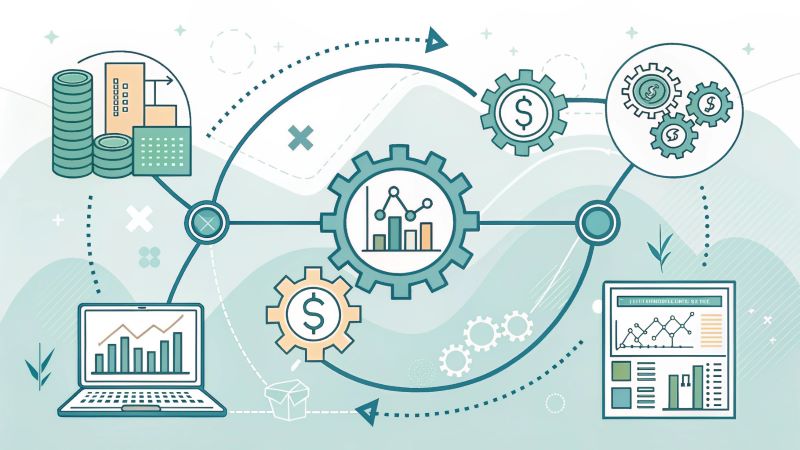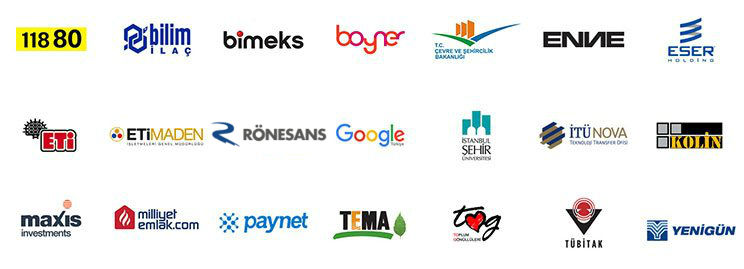
Unlocking Strategic Value: A Foundational Guide to Effective Strategic Sourcing
Procurement has the potential to be one of a company's most powerful strategic tools.
However, this potential often remains overshadowed by traditional purchasing habits.
Focusing solely on the lowest price may seem like a short-term win, but it overlooks the real strategic value that can be created in the long run.
Unlocking that value requires moving beyond transactional purchasing.
The Price Trap: The Limits of Traditional Sourcing
The core problem in many organizations is that sourcing activities are reactive and tactical.
The process typically begins when an internal department identifies a need, and it ends when the procurement team finds the supplier that can meet that need at the lowest price.
This approach positions procurement as an administrative function rather than a strategic one.
"Cheapest" is not always "best."
This narrow focus ignores critical factors like Total Cost of Ownership (TCO), quality, risk, and supplier innovation.
The Hidden Losses Beyond Apparent Savings
This tactical, price-driven approach creates significant and often hidden costs for organizations.
Analyses from leading consulting firms show that companies implementing strategic sourcing achieve additional improvements in total value of up to 15% beyond just cost savings.
This means that procrastination results in the loss of not just savings, but also innovation and efficiency.
These losses include:
-
Lack of Innovation: Price-focused relationships destroy a supplier's willingness to offer you new technologies or process improvements.
-
Increased Total Cost: A lower-quality product can mean more maintenance, a shorter lifespan, and higher operational costs, quickly erasing the initial price advantage.
-
High Supply Chain Risk: The cheapest supplier is often the least flexible or the riskiest. In a crisis, this can bring your entire operation to a halt.
-
Missed Value-Creation Opportunities: While the procurement team is busy constantly negotiating prices, it cannot find the time to perform market analysis, build partnerships, and create long-term value.
The Art of Value Creation: Mastering the Strategic Sourcing Process
Strategic sourcing transforms procurement from a tactical task into a proactive and analytical process that contributes directly to the company's overall goals.
It is a holistic approach that focuses not just on what you buy, but how, from where, and why you buy it.
What is strategic sourcing?
Strategic sourcing is an analytical process in which a company continuously re-evaluates its procurement of goods and services, the supply market, and its corporate objectives.
Its goal is not just to get the lowest purchase price, but to minimize the Total Cost of Ownership (TCO) while maximizing quality, service, and supplier innovation.
It is a data-driven and long-term approach.
What is the difference between strategic and tactical sourcing?
Tactical sourcing is typically reactive, short-term, and price-focused, answering an immediate need ("Who can I buy this product from for the cheapest price?").
Strategic sourcing, on the other hand, is proactive, long-term, and total-value-focused ("What is the best sourcing strategy for this category? How can we reduce market risks and encourage innovation?").
A tactical approach solves a problem, while a strategic approach creates an opportunity.
The Steps of Strategic Sourcing
An effective strategic sourcing process typically follows a structured methodology that includes the following steps.
1. Profile the Spend Category: The first step is to deeply understand what you are buying and why. Analyze current spending, identify the needs of key stakeholders, and clarify the requirements.
2. Analyze the Supply Market: The second step is to look outward. Analyze the dynamics of the supplier market, key players, cost structures, and potential risks (using tools like Porter's Five Forces analysis, for example).
3. Develop the Sourcing Strategy: Create a strategy based on the internal and external information you've gathered. This strategy might include different approaches like consolidating spend, seeking new suppliers, building partnerships with existing ones, or even insourcing production.
4. Select and Negotiate with Suppliers: In line with your strategy, initiate an RFx (Request for Information, Request for Proposal, etc.) process to identify potential suppliers. Evaluate suppliers not just on price, but on total value (quality, service, innovation capacity), and negotiate to achieve the best outcome.
5. Implement and Manage: Sign the contract with the chosen supplier and manage the transition process. But the work doesn't end here. Continuously monitor supplier performance through established KPIs and proactively manage the relationship.
What are the benefits of strategic sourcing?
The benefits of strategic sourcing go far beyond simple cost savings.
Increased Profitability: It directly increases profitability by reducing the Total Cost of Ownership (TCO). Reduced Risk: It mitigates supply chain risk by better understanding the supplier base and market dynamics. Improved Supplier Relationships: It encourages supplier innovation and reliability by building collaborative partnerships. Process Efficiency: It increases efficiency by standardizing and optimizing procurement processes.
Conclusion: The Evolution of Procurement, From Transaction to Strategy
Strategic sourcing represents the next step in the evolution of procurement.
It is the opportunity to transform your department from a reactive cost center into a proactive strategic partner that actively supports the company's growth and profitability.
When you escape the price trap and focus on total value, you not only achieve savings but also unlock a sustainable competitive advantage.







